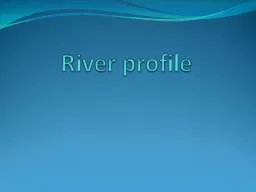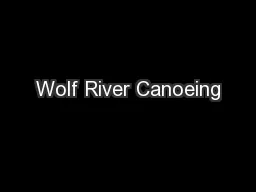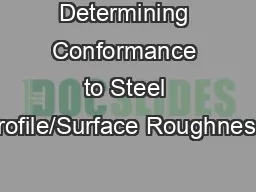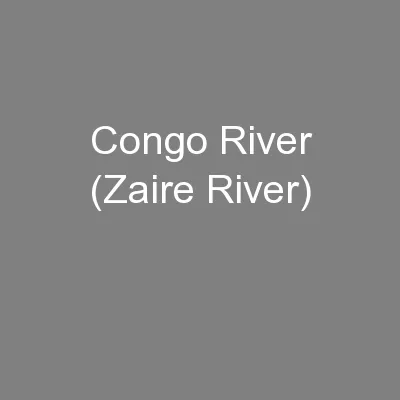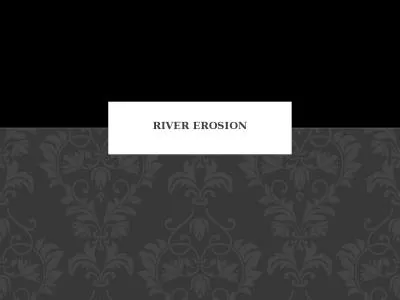PPT-River profile
Author : alida-meadow | Published Date : 2017-10-10
Longitudinal profile FluvialRiver Areas The path the river follows from its source to mouth is known as the rivers course When studying rivers we often divide
Presentation Embed Code
Download Presentation
Download Presentation The PPT/PDF document "River profile" is the property of its rightful owner. Permission is granted to download and print the materials on this website for personal, non-commercial use only, and to display it on your personal computer provided you do not modify the materials and that you retain all copyright notices contained in the materials. By downloading content from our website, you accept the terms of this agreement.
River profile: Transcript
Download Rules Of Document
"River profile"The content belongs to its owner. You may download and print it for personal use, without modification, and keep all copyright notices. By downloading, you agree to these terms.
Related Documents

